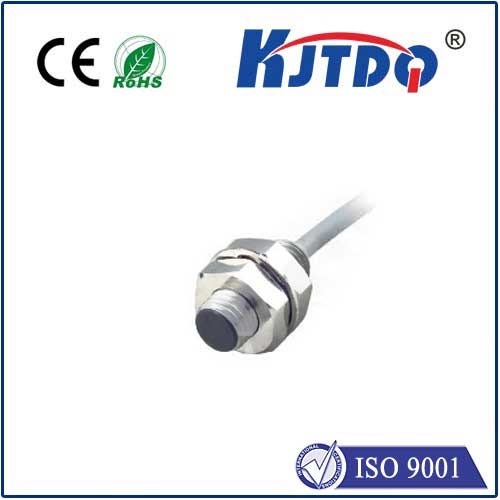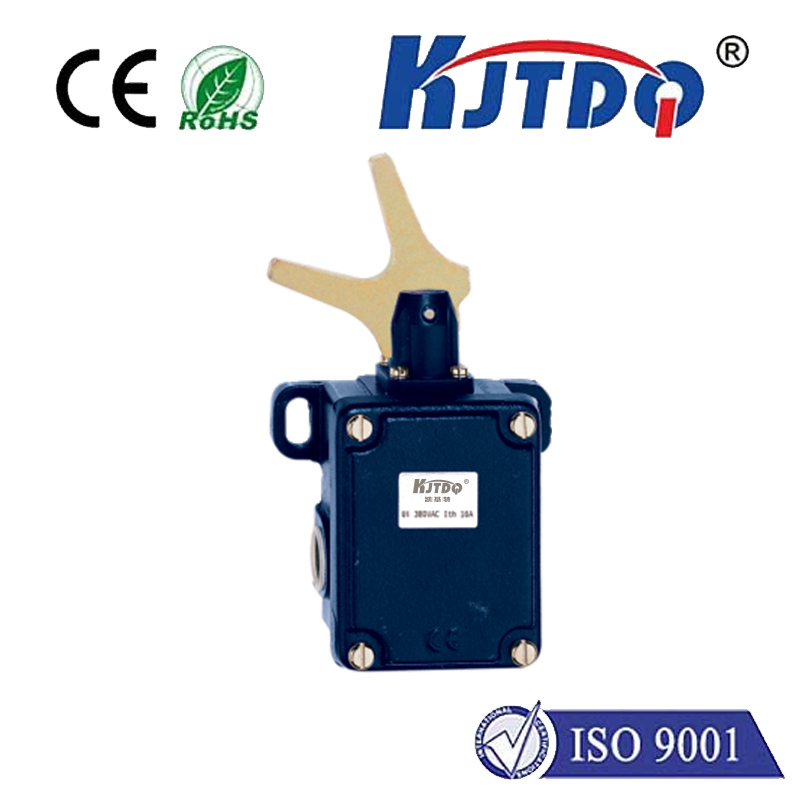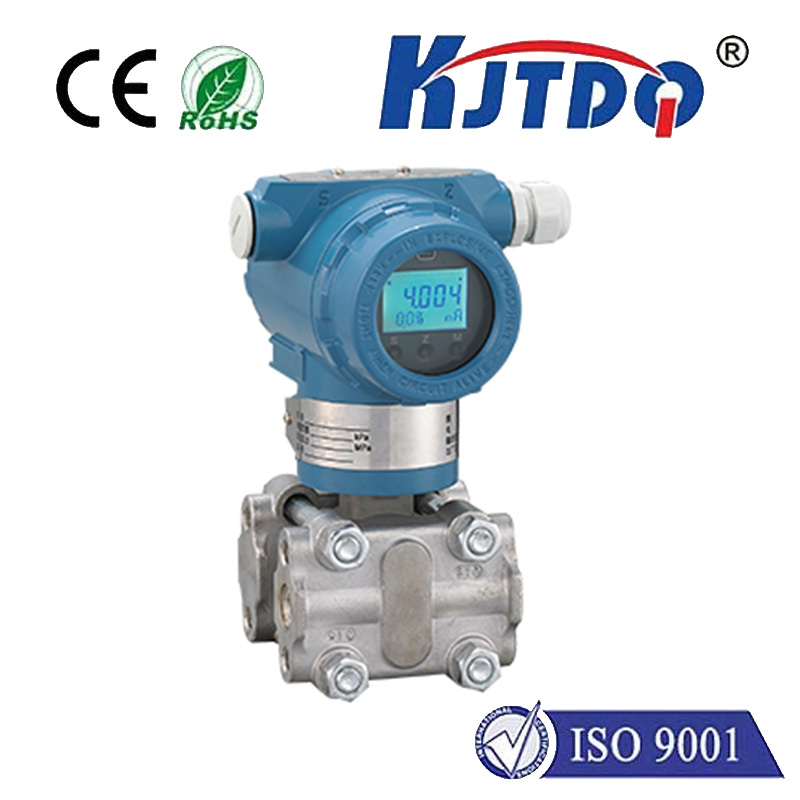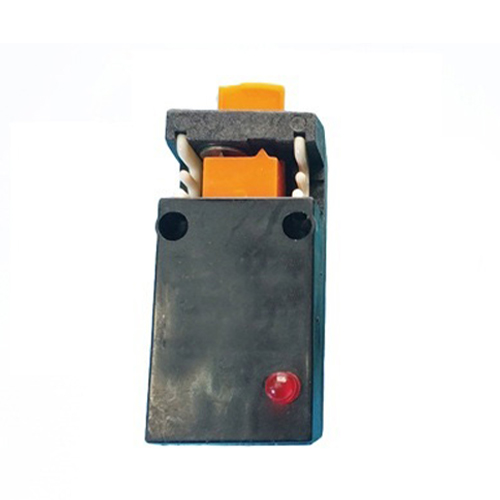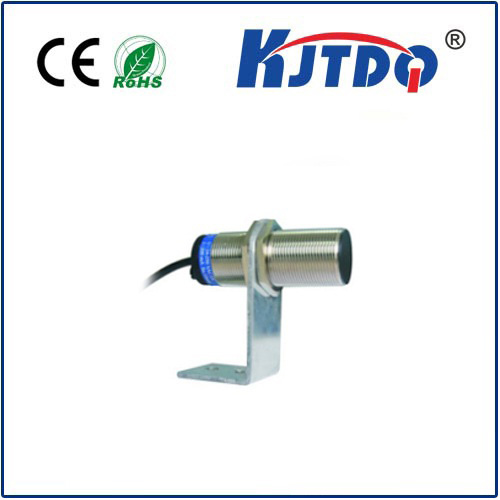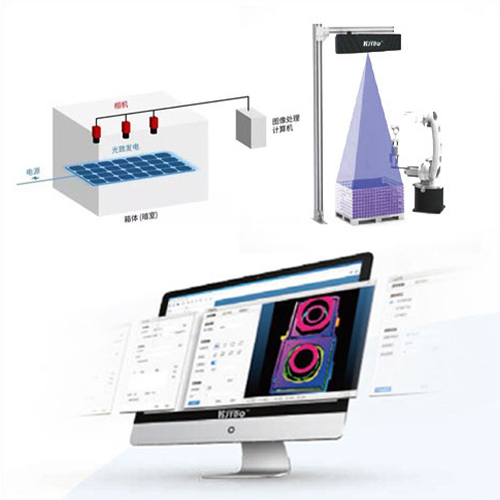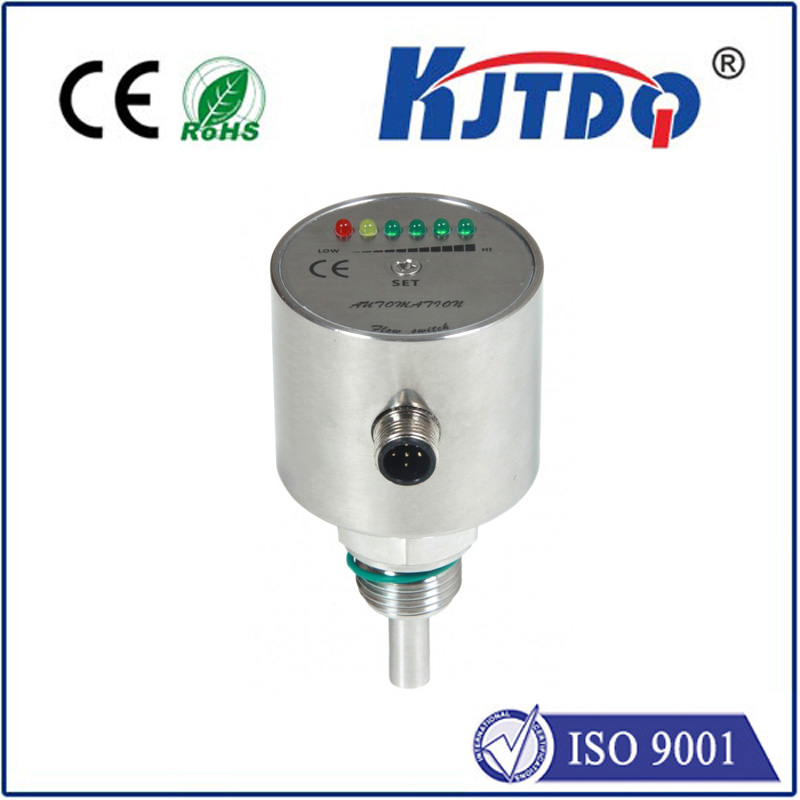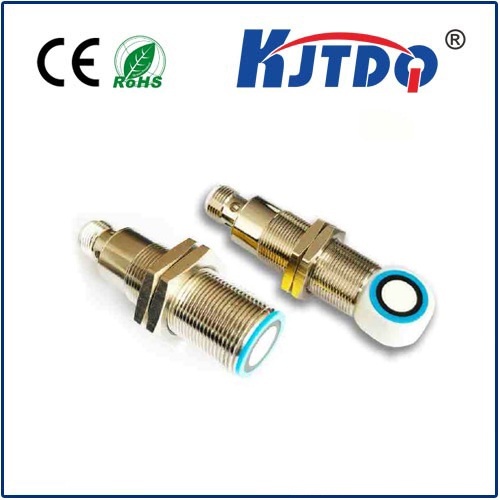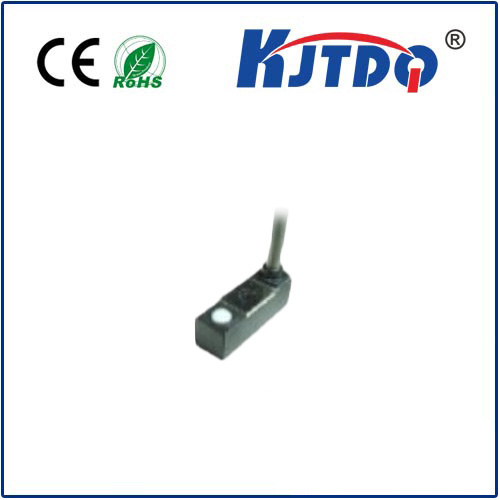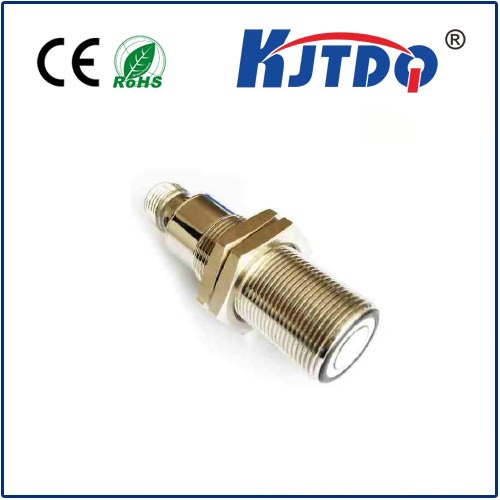Прокси - ограничитель
- time:2025-08-07 03:16:51
- Нажмите:0
The Silent Guardian: How Proxy Limit Switches Keep Your Machinery Safe and Efficient
Imagine a high-speed bottling line humming along, bottles zipping towards a critical filling station. What prevents a misaligned bottle from causing a catastrophic jam or, worse, shattering glass across the factory floor? Or picture the massive arm of an industrial robot, programmed for precise welding. What ensures it doesn’t overextend and collide with vital equipment, causing thousands in damage and downtime? The unsung hero in countless automation scenarios often resides in a small, rugged package: the Прокси - ограничитель. More accurately known as a ограничитель приближения or simply a proximity sensor, these electronic sentinels provide crucial position feedback and safety limits without ever needing to touch the object they monitor. Understanding their function is key to optimizing machine safety, reliability, and efficiency.
At its core, a Прокси - ограничитель is a non-contact sensor designed to detect the presence or absence of a metallic (and sometimes non-metallic) target within a specific range. Unlike traditional mechanical limit switches that rely on physical levers or plungers being pressed, proximity sensors work electromagnetically. They generate an oscillating electromagnetic field from their sensing face. When a conductive target (like steel, aluminum, brass, etc.) enters this field, it induces eddy currents on the target’s surface. These eddy currents draw power from the sensor’s oscillator circuit, causing a measurable change (amplitude reduction or frequency shift).
This internal change is detected by the sensor’s circuitry. Once the change exceeds a predetermined threshold – meaning the target is close enough – the sensor triggers its switching mechanism. This typically means an internal solid-state output (like a transistor) changes state: an NPN sensor “sinks” current to ground, while a PNP sensor “sources” current from the positive supply. This electrical signal is then sent to the machine’s control system (PLC, CNC, safety relay), conveying the simple but vital message: “Target is here” or “Target is gone.”
Key Types and Their Applications

Proximity sensors come in several primary variants, each suited to specific needs:
- Inductive Proximity Sensors: Detect only metallic targets (primarily ferrous metals like steel, but operate on non-ferrous like aluminum with reduced sensing range). They are the most common type, highly robust, and ideal for general industrial automation – detecting pistons in cylinders, counting metal parts on a conveyor, verifying spindle position on lathes, or acting as reliable end-of-travel limit switches for moving machine elements. Their inherent non-contact operation means no moving parts to wear out, offering exceptional longevity.
- Capacitive Proximity Sensors: Detect a much wider range of materials – metals, plastics, liquids, powders, wood, and even glass. They sense changes in capacitance caused by the target material entering their electrical field. This makes them perfect for applications where inductive sensors fall short: detecting filled vs. empty containers (plastic bottles, boxes), monitoring liquid levels (through non-metallic tank walls), or controlling material handling of non-metallic goods. They are essential proxy switches in packaging, food & beverage, and chemical processing.
- Magnetic Proximity Sensors (Reed Switches or Hall Effect): Specifically designed to detect the presence of a magnetic field, usually generated by a small permanent magnet attached to the moving part. These offer very long sensing ranges for their size and are commonly used as limit switches in harsh environments (like hydraulic cylinders submerged in fluid) where conventional sensors would fail. Hall Effect sensors are solid-state and highly reliable.
Why Choose a Proxy Limit Switch? The Compelling Advantages
The shift from mechanical to proximity limit switches is driven by undeniable benefits crucial for modern manufacturing:
- Unmatched Reliability & Longevity: No moving parts subject to physical wear, impact damage, or sticking. This translates to significantly reduced maintenance costs and downtime over the lifespan of machinery. They are virtually immune to vibration.
- Speed: Proximity sensors operate at exceptionally high switching frequencies, capable of detecting very fast-moving targets or providing rapid feedback essential for high-speed automation lines. This enhances process efficiency.
- Contamination Resistance: Sealed housings (with ratings like МП67 or IP69K) protect the sensing element from dust, dirt, oil, coolants, and water ingress. This makes them ideal for dirty or wet industrial environments where mechanical switches would quickly foul. Their robust construction withstands harsh factory conditions.
- Non-Contact Sensing: Eliminates physical impact on the target or the sensor itself. This is critical for delicate parts, prevents false triggers due to vibration, and allows sensing through certain non-metallic materials (in the case of capacitive sensors).
- Precision: Provides consistent and repeatable detection of the target position, contributing to highly accurate machine control and positioning. The effective sensing range is well-defined.
- Simplified Installation & Setup: Often easier to mount than mechanical switches requiring precise actuator alignment. Adjustment is typically straightforward.
Essential Considerations When Specifying
Selecting the right Прокси - ограничитель requires careful attention to several factors:
- Target Material: Is it metallic? What type? For non-metallics, capacitive is usually the only option (unless using a magnetic target).
- Required Sensing Distance: The nominal sensing range (
Sn) must be sufficient for the application, considering the mounting position and target movement. Remember: inductive sensors see reduced range on non-ferrous metals.
- Operating Environment: Exposure to extreme temperatures, chemicals, washdowns (requiring IP69K), high pressure, or intense electromagnetic interference? The housing material (stainless steel often preferred for harsh environs) and ingress protection rating (МП67, IP68, IP69K) are critical.
- Electrical Specifications: Required output configuration (PNP vs. NPN, normally open/closed), voltage supply (10-30V DC is standard), and output current capacity. Must match the input requirements of the connected control system.
- Size and Form Factor: Cylindrical (e.g., M8, M12, M18, M30 threaded barrels) or rectangular block sensors? Mounting space constraints dictate the choice.
- Performance Requirements: Switching frequency (for high-speed applications), temperature stability, repeatability accuracy.
Installation and Maintenance: Ensuring Peak Performance
While robust, correct installation is vital. Maintain the recommended distance (Sn) between the sensor face and the target. Mount securely to minimize vibration. Ensure the target approaches the sensing face, not the side of the housing. Keep the sensing face clean of excessive buildup (metal chips, grease), though a thin layer usually doesn’t affect inductive sensors significantly. Periodically verifying operation as part of a preventative maintenance routine helps catch any potential failures before they cause unplanned stoppages. Look for damage to cables or housings.
From the relentless pace of automotive assembly lines to the delicate precision of semiconductor manufacturing, proxy limit switches are fundamental components of the modern industrial landscape. Their ability to provide reliable, high-speed, non-contact position feedback and harsh environment safety limits makes them indispensable for ensuring machine safety, maximizing productivity through minimized downtime, and enabling precise automation control. When specifying sensing solutions for position detection or critical travel limits, understanding the capabilities and selection criteria for proximity sensors is an investment in operational excellence.

